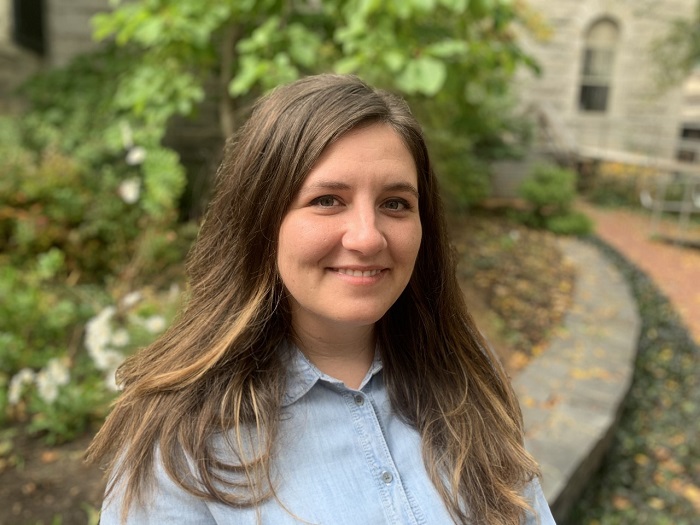
04-12-2020
Seminario de Investigación: Circuitry for emotional regulation: serial prefrontal and subgenual cortices pathways connect dorsolateral
Mary Kate P Joyce. Neural Systems Laboratory, Department of Health Sciences, Boston University, USA
Resumen: The delicate balance among primate prefrontal networks is necessary for homeostasis and behavioral flexibility. Dorsolateral prefrontal cortex (dlPFC) is associated with cognition, while the most ventromedial subgenual cingulate area 25 (A25) is associated with emotion and emotional expression. Yet A25 is weakly connected with dlPFC, and it is unknown how the two regions communicate. In rhesus monkeys of both sexes, we investigated how these functionally distinct areas may interact through pregenual anterior cingulate area 32 (A32), which is strongly connected with both. We found that dlPFC innervated the deep layers of A32, while A32 innervated all layers of A25, mostly targeting spines of excitatory neurons. Approximately 20% of A32 terminations formed synapses on inhibitory neurons in A25, notably the powerful parvalbumin inhibitory neurons in the deep layers, and the disinhibitory calretinin neurons in the superficial layers. By innervating distinct inhibitory microenvironments in laminar compartments, A32 is positioned to tune activity in columns of A25. The circuitry of the sequential pathway indicates that when dlPFC is engaged, A32 can dampen A25 output through the parvalbumin inhibitory microsystem in the deep layers of A25. A32 thus may flexibly recruit or reduce activity in A25 to maintain emotional equilibrium, a process that is disrupted in depression. Moreover, pyramidal neurons in A25 had a heightened density of NMDARs, which are the targets of novel rapid-acting antidepressants. Pharmacologic antagonism of NMDARs in patients with depression may reduce excitability in A25, mimicking the effects of the neurotypical serial pathway identified here.
Bio: Mary Kate Joyce is a postdoctoral fellow in the Neural Systems Laboratory at Boston University where she recently completed her PhD. She received her undergraduate degree in neuroscience in 2013 at the University of New Hampshire. At UNH she investigated the effects of cannabinoids on rodent attention behaviors under Jill McGaughy. For her doctoral research at Boston University, she worked under the mentorship of Helen Barbas in the Neural Systems Laboratory to study connections of the subgenual cingulate in the rhesus monkey. Her larger research interests are in prefrontal networks and emotional processing.
Fecha y Hora: viernes, 4 de diciembre de 2020 Videoconferencia, 12:30 horas
Asistencia virtual on-line vía TEAMS, solicitar invitación a pablo.rubio@uam.es
Dada la situación motivada por la pandemia SARS-CoV2, la asistencia presencial está limitada a los alumnos matriculados en la asignatura “Vanguardia de la Neurociencia”. No obstante, el Seminario está también abierto para el público general de forma telemática, a través de la Plataforma Microsoft Teams de la UAM (Equipo “Vanguardia de la Neurociencia”). Para acceder a dicho Equipo es necesario obtener una invitación nominal. Dicha invitación debe solicitarse al Prof. Pablo Rubio: pablo.rubio@uam.es
PDF